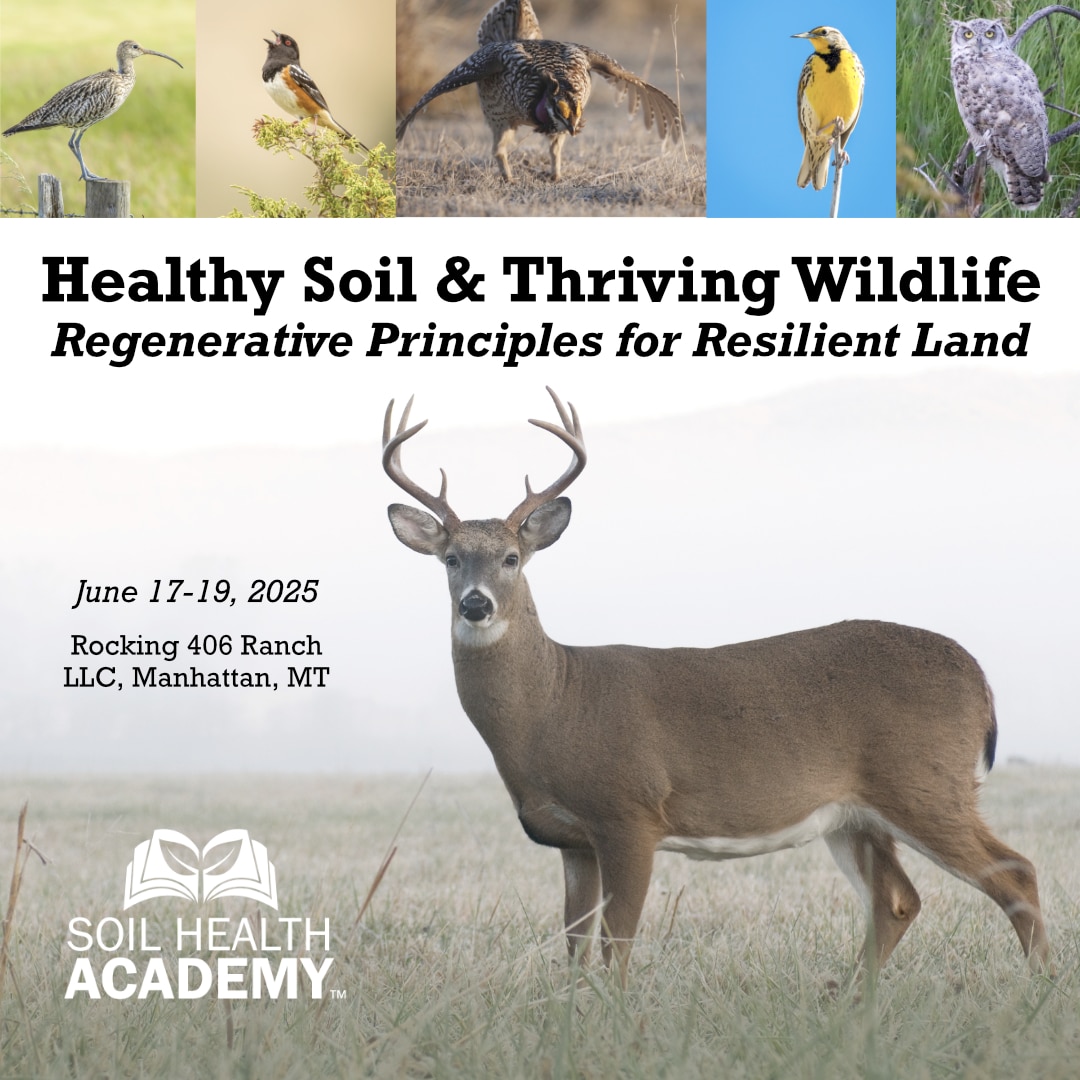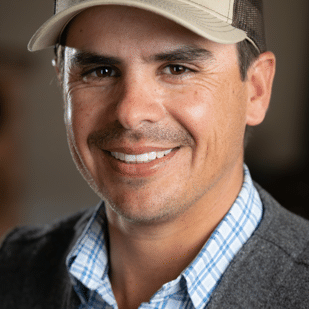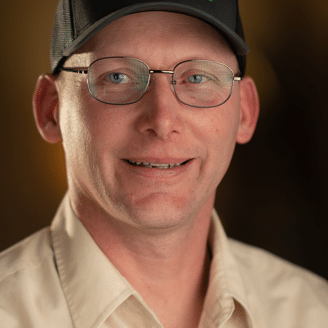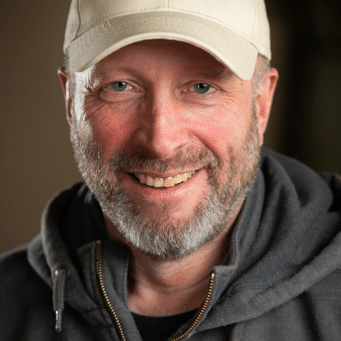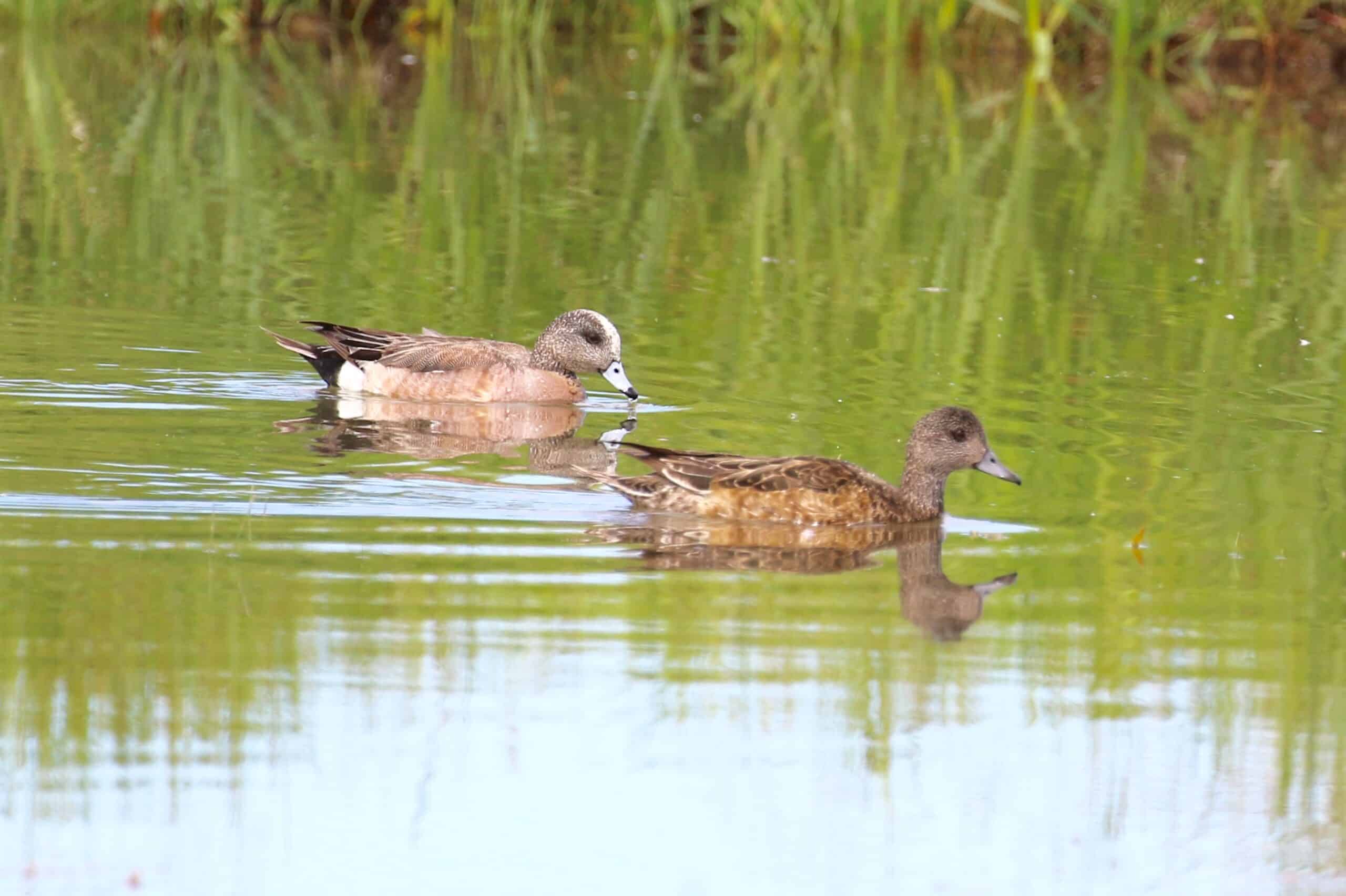June 17 - 19, 2025
Manhattan, MT
Rocking 406 Ranch
About the Academy
What You Will Learn
- How to improve water quality and biology through soil health practices
- How to use management and observation to restore vibrant ecosystems for wildlife
- Strategies for restoring wildlife habitats and populations, especially for moose, elk, deer, and upland birds through regenerative practices
- Building and restoring soils to support a healthier ecosystem of diversity, wildlife populations, and sustainable land use
- How to maximize land use for renters and land owners for more sustainable, profitable agriculture and ecosystem health
Who Should Attend?
The course is ideal for anyone interested in the intersection of soil health, wildlife conservation, and regenerative land management. Whether you are a farmer, rancher, land owner, conservationist, or outdoor enthusiast, this event will provide valuable insights on improving both land health and biodiversity. Join us to explore how regenerative agriculture can improve land use, promote biodiversity, restore ecosystems for a healthier environment, create more vibrant wildlife populations, and enhance water quality.
Educators
Keynote Speaker
Randy Newberg has spent the last sixteen years hosting his popular hunting TV shows, podcasts, and other digital media platforms, all focused on self-guided hunting in the Western United States. Randy currently distributes video content on his YouTube channel Randy Newberg, Hunter and via his proprietary video platform Fresh Tracks+ with his team of eight creative employees.
Randy’s podcast, Hunt Talk Radio – Randy Newberg Unfiltered is a companion to his wildly (pun intended) popular web forum, HuntTalk.com. Randy is co-host of the Elk Talk Podcast with Corey Jacobsen, the premiere elk hunting podcast.
Wild lands and wild animals are what drives Randy in his advocacy for hunters and conservation. His platforms are designed to show average hunters the remarkable western hunting experiences that are available for the price of a tag, the gas to get there, and the effort invested. Whether it be bugling elk or speeding pronghorn, rifle or bow, Randy will travel the far corners of the west in search of food and adventure. Randy was also a CPA for 30 years, helping many agricultural clients.
Randy lives in Bozeman, Montana with his wife, Kim, where he volunteers for many national and regional conservation groups. When not hunting, Randy and Kim spend the summer traveling the high plains in search of western walleyes.
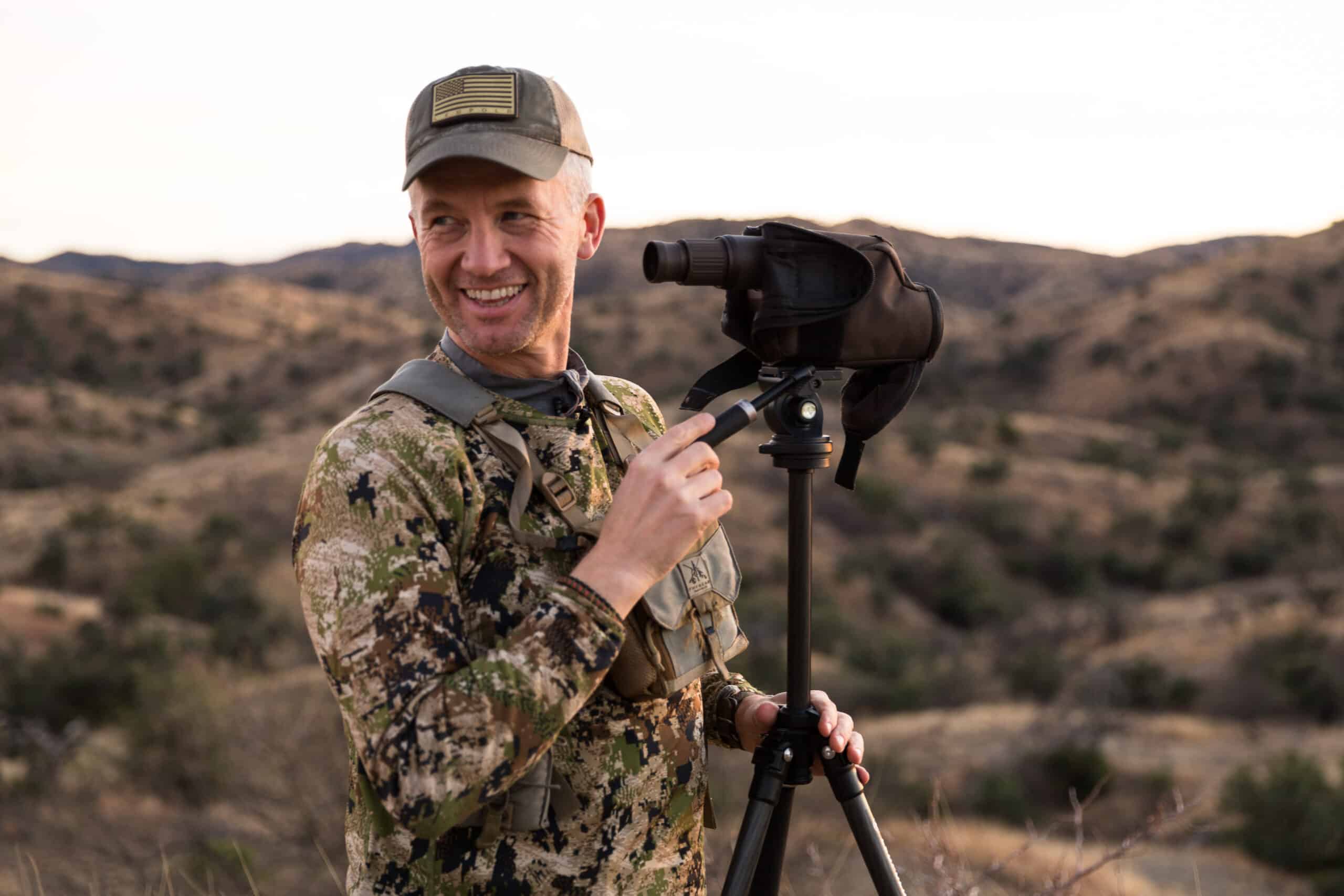
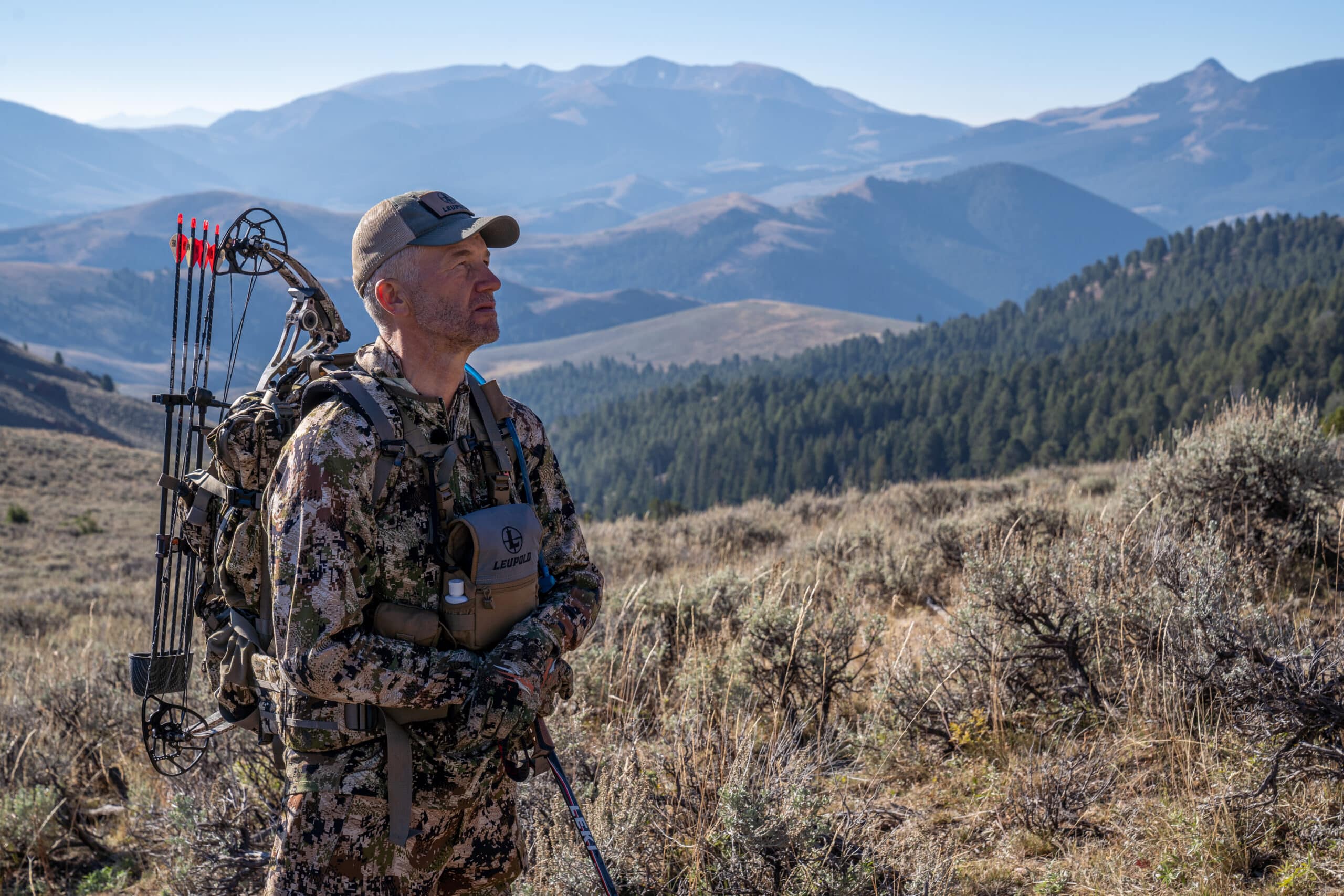
Photos provided by Randy Newberg
Agenda
Tuesday, June 17
7:30 Registration opens
8:00 Welcome and Rocking 406 Ranch, LLC
9:00 Habitat, Ranching and the 4 Ecosystem Processes
10:00 Break
10:15 Developing a ranch and habitat with the 6 Principles of Soil Health
11:15 Land Management with 3 Rules of Adaptive Stewardship
12:00 Lunch
12:45 Travel to Rocking 406 Ranch, LLC
1;15 Group Field Exercises
4:00 Questions/Answers & Group Discussion
5:00 Travel back to hotel
6:00 Evening Meal
6:45 Keynote Speaker: Randy Newberg
Wednesday, June 18
8:00 Questions/Answers & Group Discussion
8:30 Water Quality Begins on the Land/Don’t Let Water Limit your Management
10:00 Break
10:15 Adaptive Grazing, Livestock, and Wildlife Management
11:25 Ranching with Wildlife
12:00 Lunch
12:45 Travel to Rocking 406 Ranch, LLC
1:15 Group Field Exercises
4:00 Question/Answers & Group Discussion
5:00 Adjourn
Thursday, June 19
8:00 Questions/Answers & Group Discussion
8:30 Economics and Property Values
10:30 Break
10:45 Public Lands and Regenerative Management
12:00 Lunch
1:00 Travel to Rocking 406 Ranch, LLC
1:30 Group Field Exercises
4:00 Q&A Final
5:00 Adjourn
Registration & Getting There
Cost of Tuition
Tuition of $1,375.00 includes
• Regen Ag 101 course ($499.00 value), which SHA recommends completing before the first day of class
• In-person attendance at the SHA, along with course materials, daily snacks, water, and lunch each day
• Access to quarterly alumni Q&A conference calls with SHA instructors and the graduate portal on the SHA website
*Please note that Regen Ag 101 access will be sent to you within 1-3 business days of registration taking place.*
Cancellation Policy
The down deposit of $500 is non-refundable, but can be transferable toward any academy held in 2025 or 2026.
Financial assistance through scholarships are available to help with the cost of tuition. To apply for a scholarship, please register for the academy, then submit a scholarship application. Scholarships are made possible thanks to the generous support of private organizations and individual donors.
Classroom & Farm Location
Classroom
Holiday Inn Express & Suites
309 W Madison Ave.
Belgrade, MT 59714
(406) 388-7100
Ranch
Rocking 406 Ranch
Manhattan, MT 59741
Hotel Information
Holiday Inn Express & Suites
309 W Madison Ave.
Belgrade, MT 59714
(406) 388-7100
Room block available under "Soil Health Academy"
Lodging costs are separate from tuition. While it is not mandatory to stay at the accommodations listed here, we encourage attendees to book nearby lodging for the convenience of traveling to the classroom and farm locations.
Breakfasts and dinners (with the exception of the first evening with keynote speaker) are not included.
About the Host Ranch
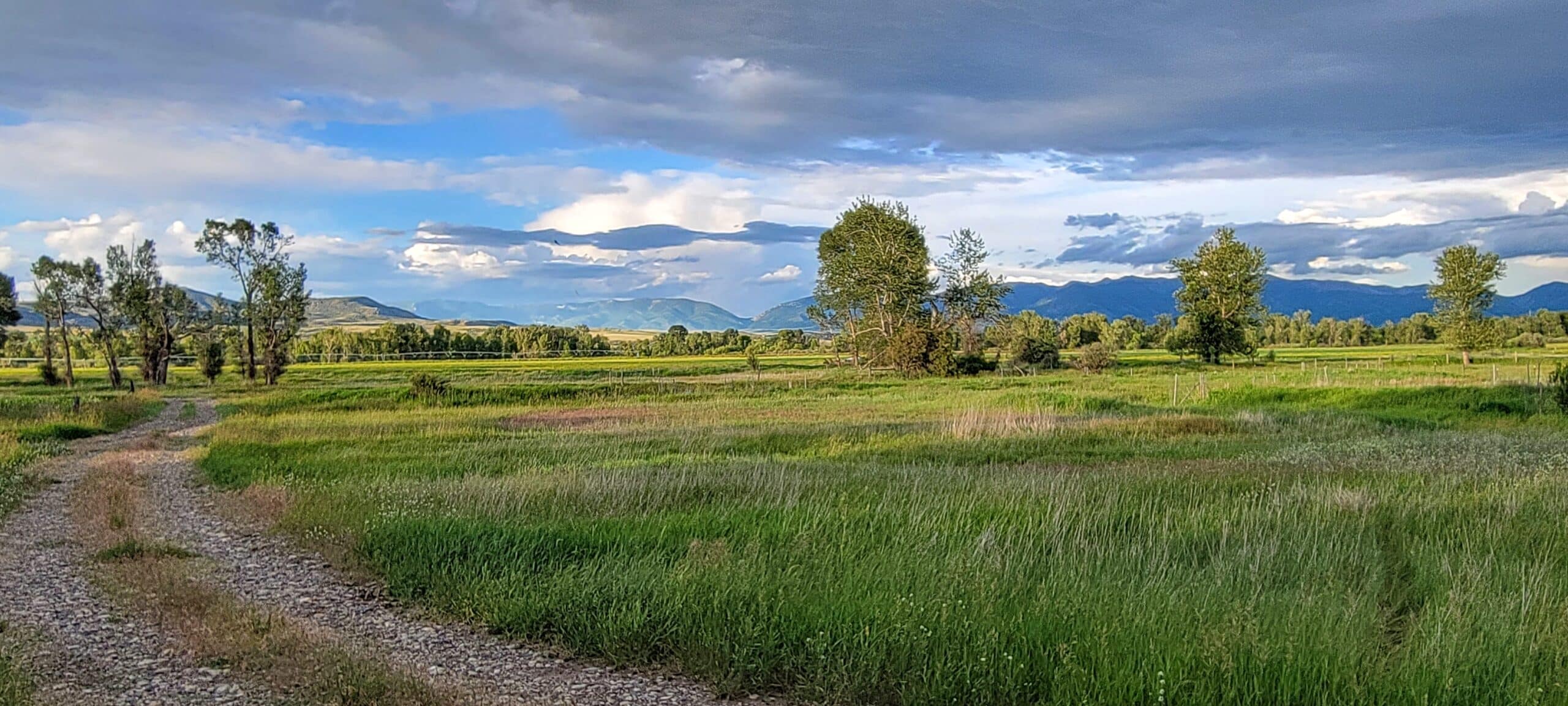
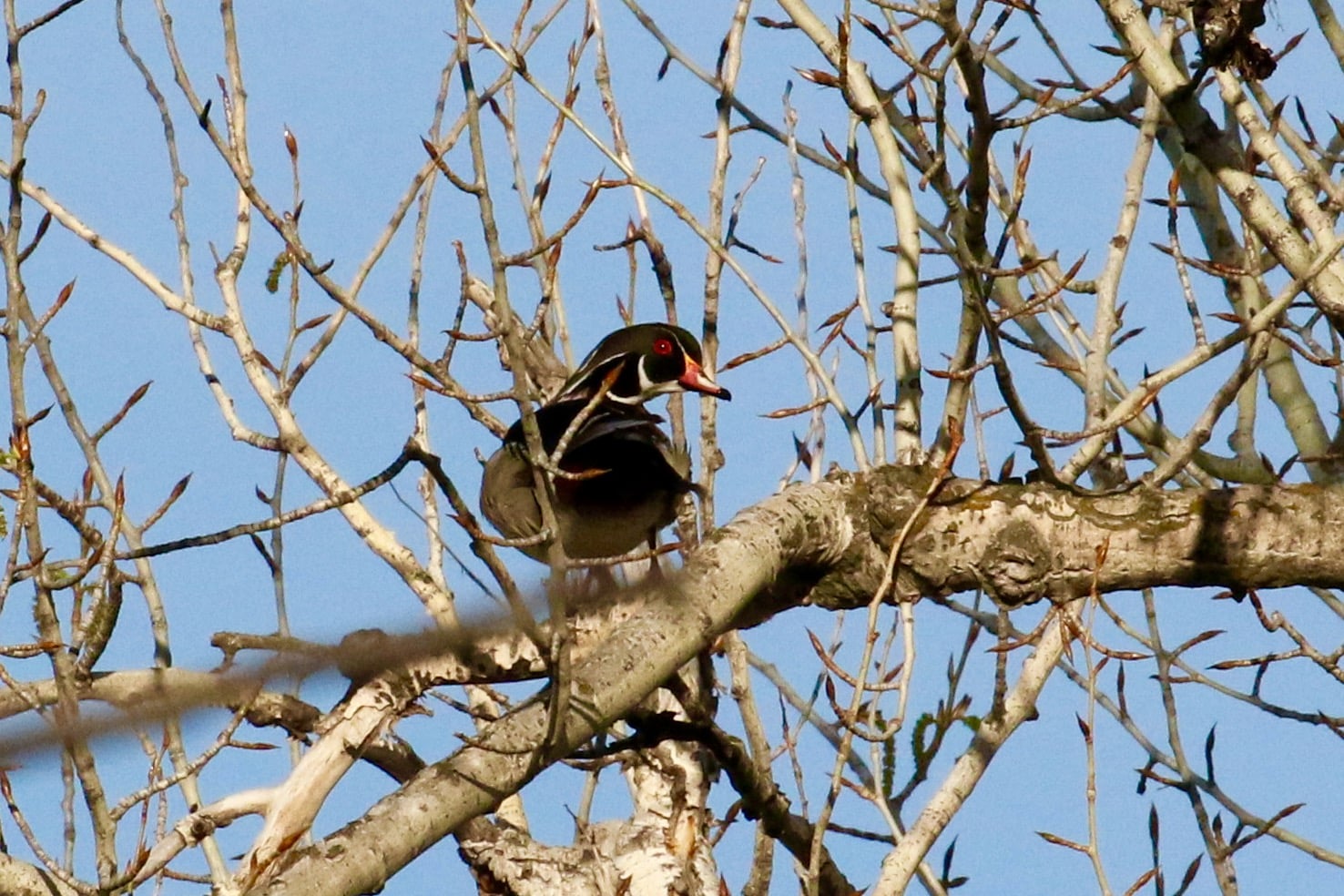

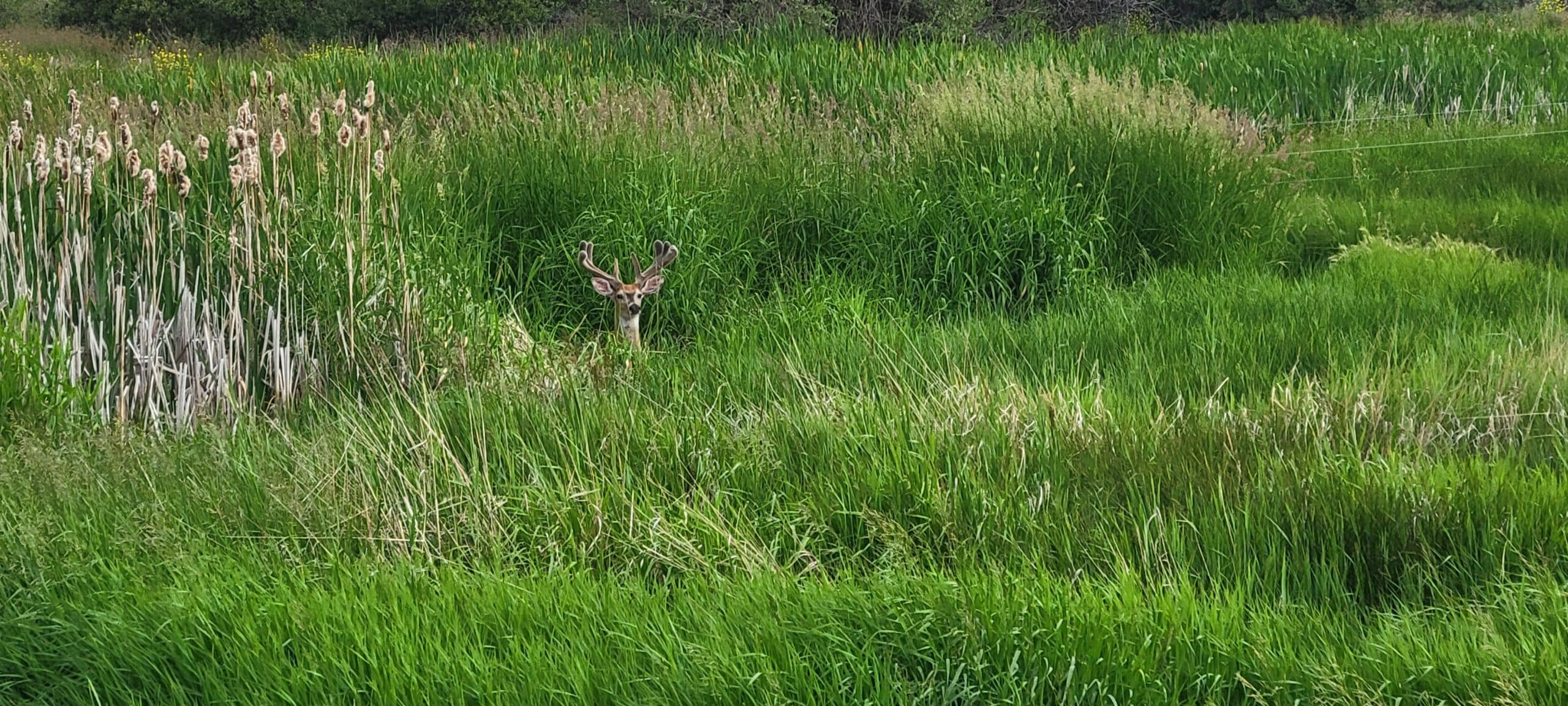
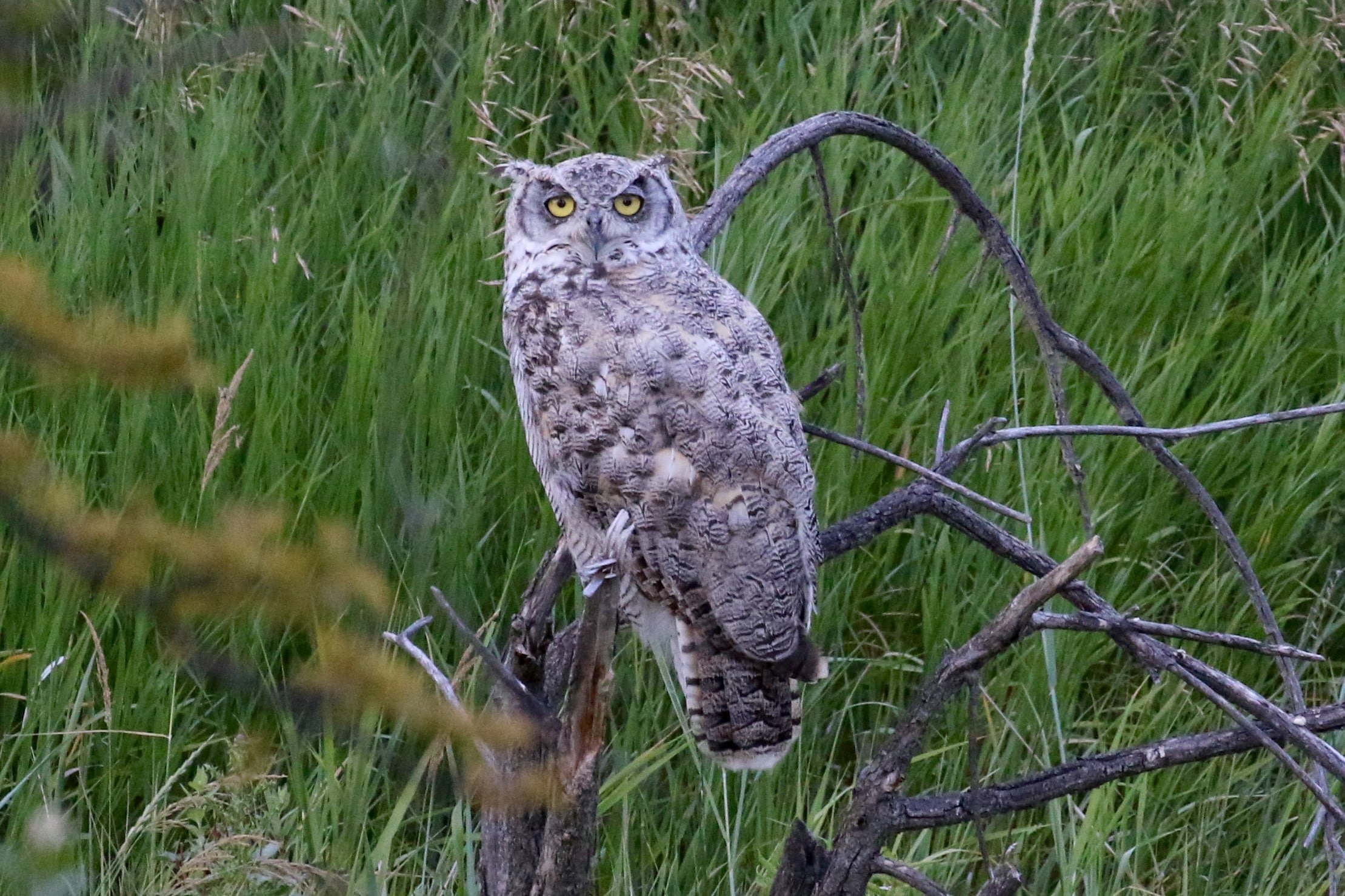
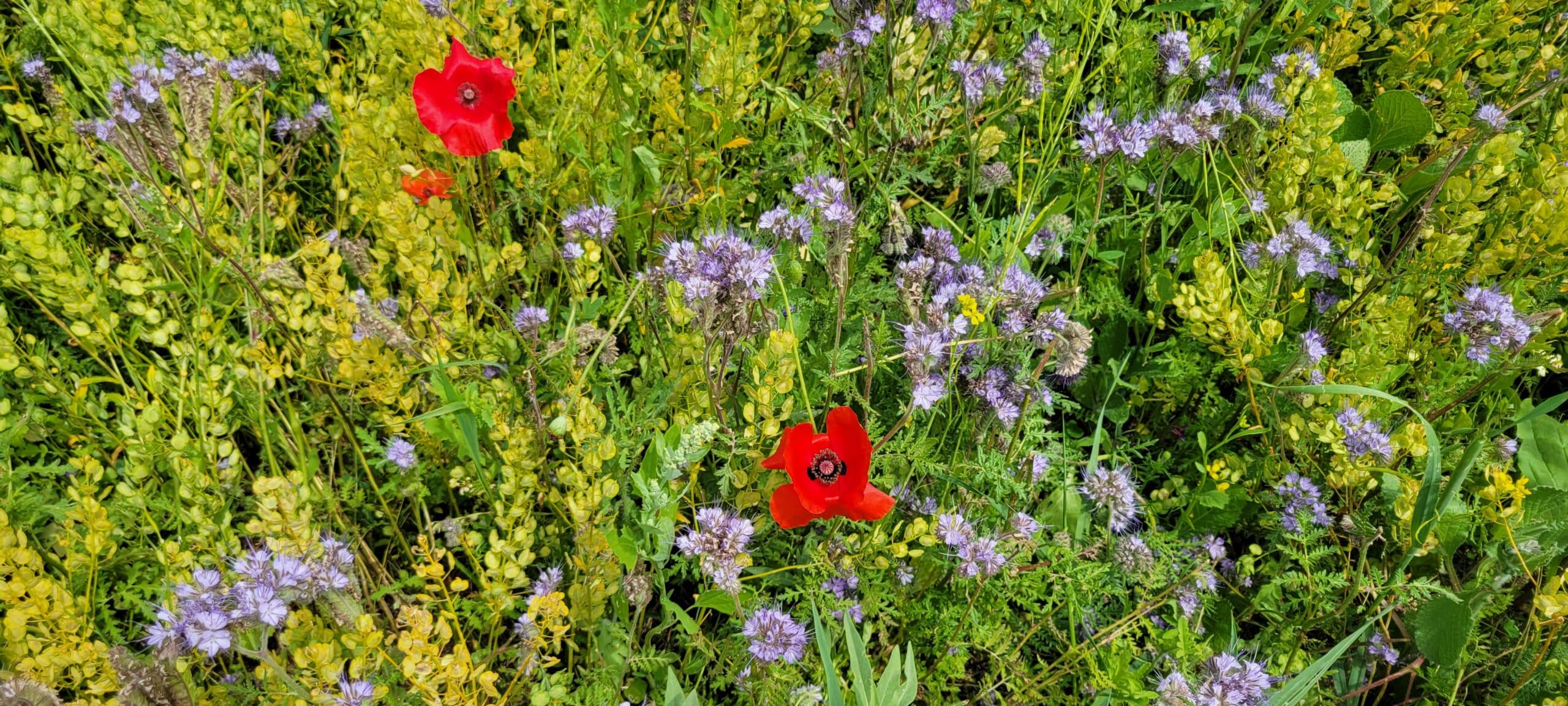
Meet Rocking 406 Ranch
Mike and Becky Ellig bought their property, the Rocking 406 Ranch, in 2015 outside of Manhattan, Montana after years of searching the state for a farm or ranch that checked all their boxes. Their goal was to develop an outstanding wildlife property while respecting the agricultural heritage of the surrounding area. To date, projects that are underway and completed include
-
- Transitioning smooth brome grass areas into upland bird nesting and brood habitat
- Growing 10 acres of pollinator plots
- Rebuilding a spring creek for trout habitat
- Reforesting riparian corridors for reduced runoff, cooler water, and increased wildlife habitat
- Planting and fencing off native species
- Fencing riparian corridors
- Creating wetland ponds along irrigation ditches for waterfowl and amphibians
- Building nesting islands for sandhill cranes
- Erecting wood duck nesting boxes
- Using controlled burns to reinvigorate grasslands
- Developing a pivot and wheelline to maximize food production
The Ellig’s most exciting and far reaching project has been underway for 3 years; building a thriving ecosystem by incorporating the principles of regenerative agriculture into a year around source of food, water, and shelter for all wildlife, from the worms in the soil, to the deer, moose, and elk that use the property.

